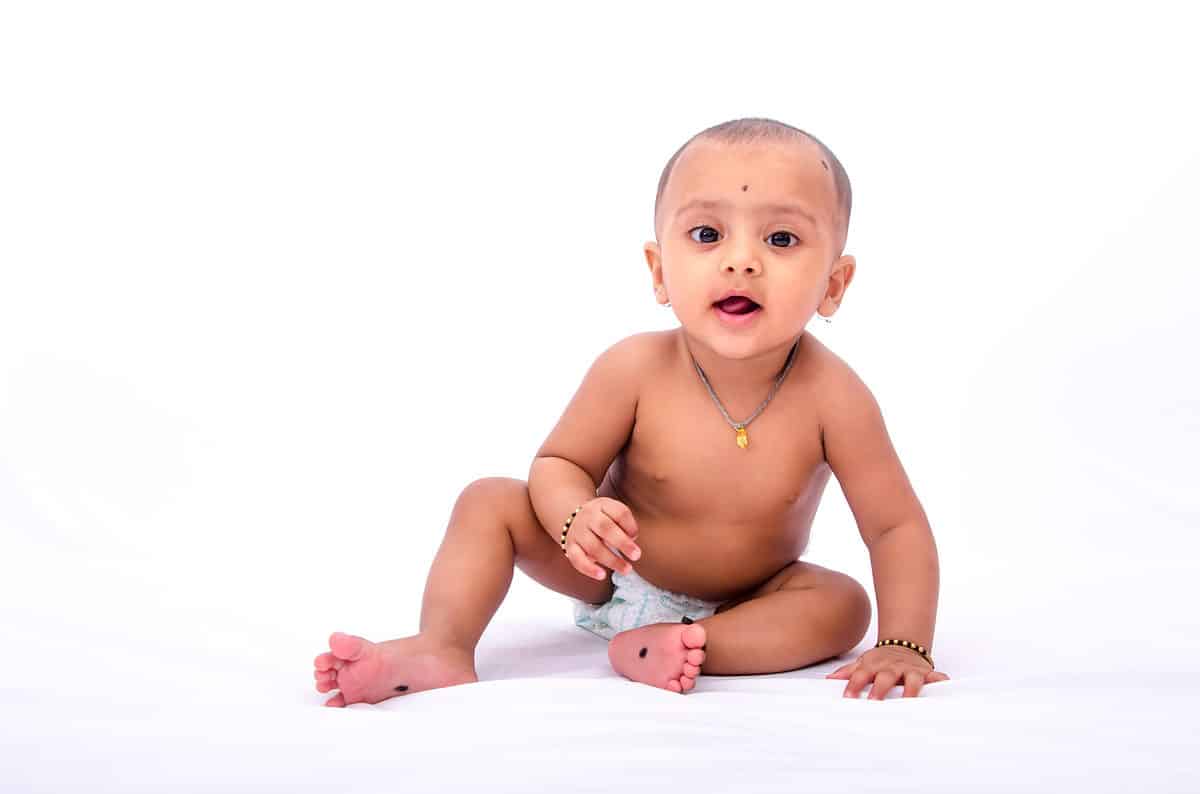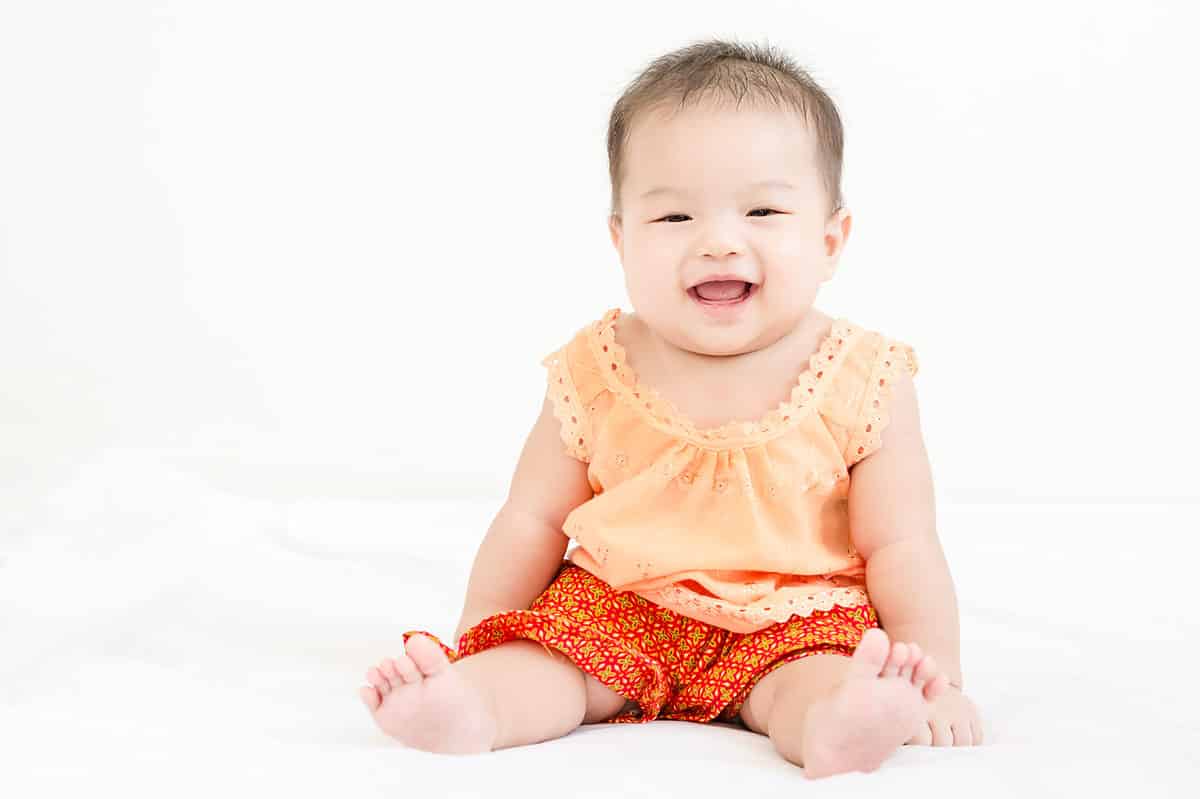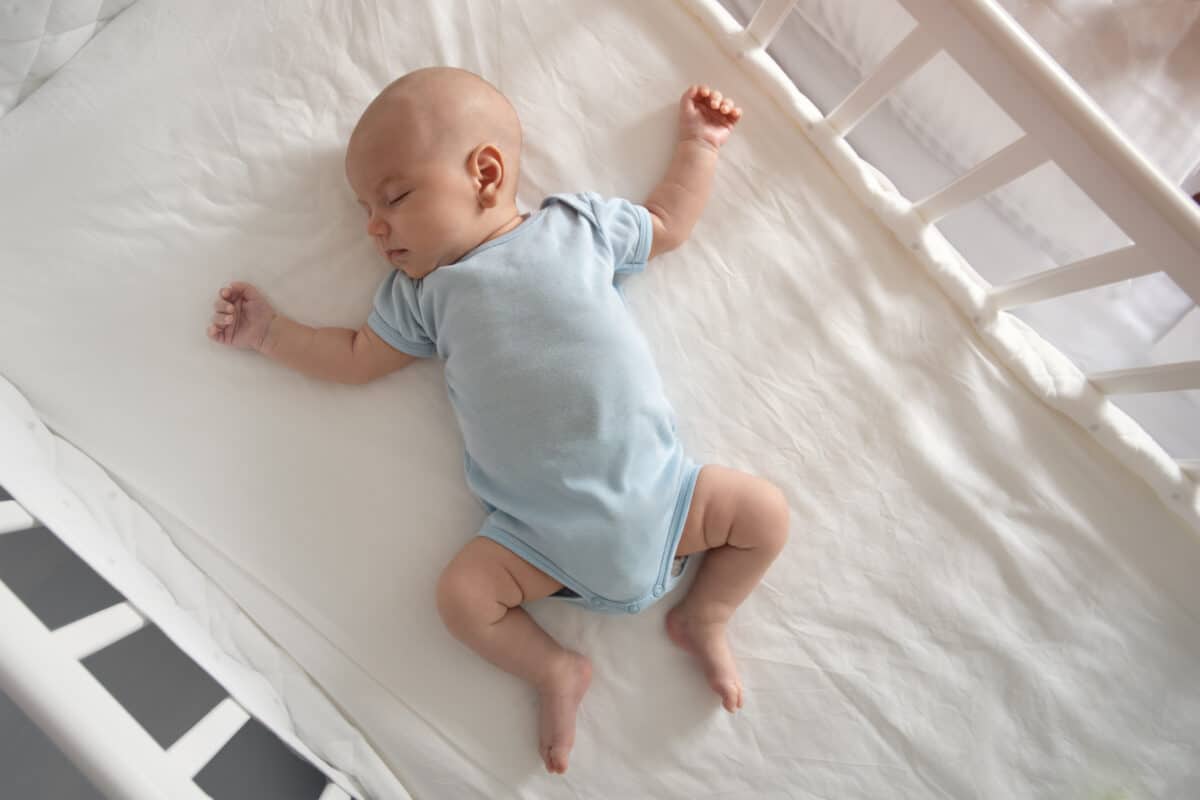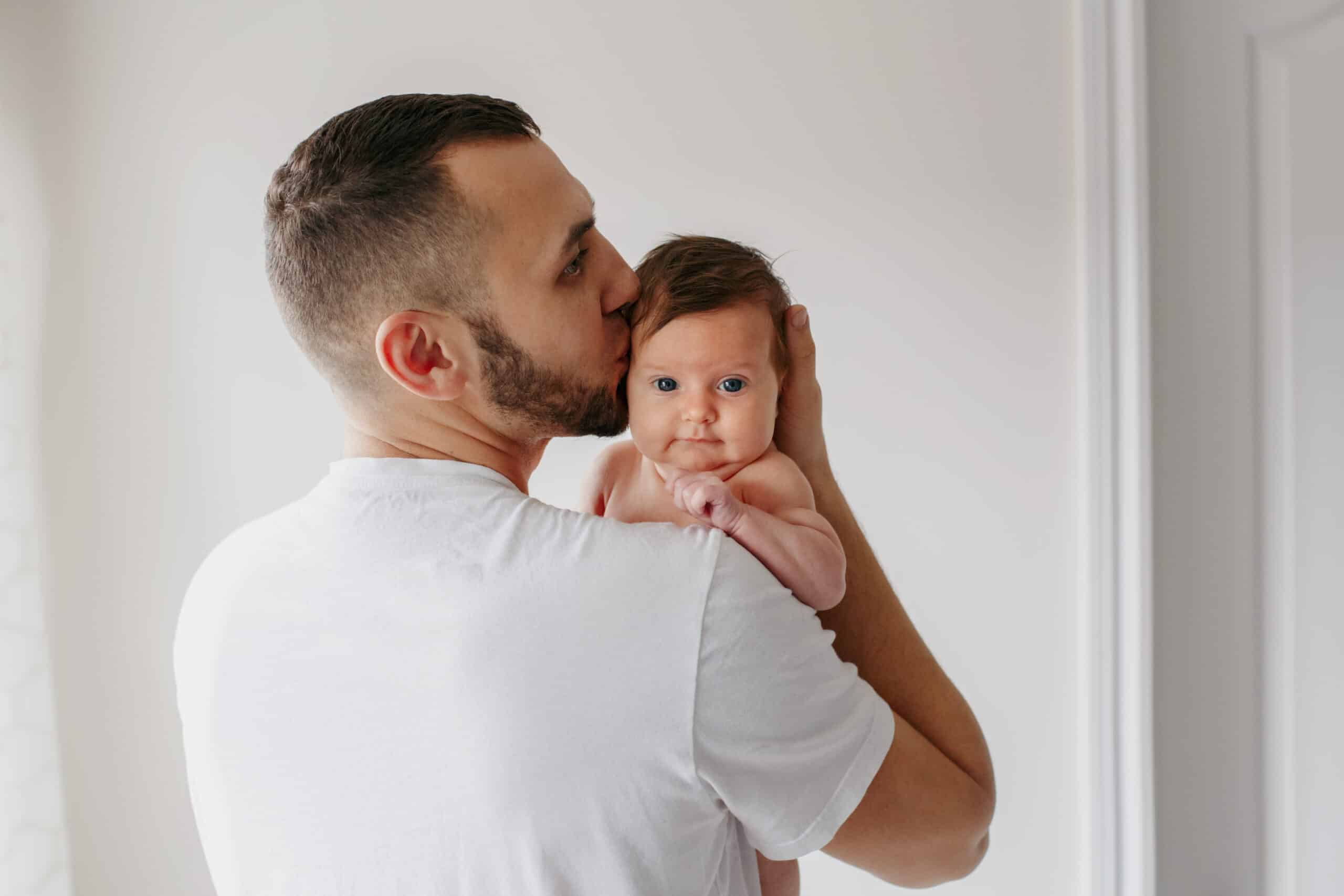Some people may assume that infants have the same number of bones as children, teenagers, and adults, but it may surprise those who are truly curious that they have more. In fact, there are physiological and developmental reasons why babies have more bones than adults. So, how many bones does a baby have? We'll get to that, plus the why and how of their bone development, in this article.
Key Points
- A newborn has roughly 300 bones in their body, while adults have between 206 and 213 bones.
- Some of a baby's bones will fuse together over time, leading to the lower number of bones in adults.
- Babies have a lot more cartilage than adults. Over time, this cartilage will turn to bone.
How Many Bones Does A Baby Have?
The human skeleton has over 300 bones at birth.
At birth, a human infant has approximately 300 bones in their body. Adults have between 206 and 213 bones, which result from these bones fusing (growing together) over time.

©GSK919/Shutterstock.com
Why Is There A “Range” In The Number Of Bones?
Each individual is unique, although most adults have 206 bones. Some people have bones that others don't, and others have fewer bones than most. There are also those who are born with extra bones. It's just another way that nature's diversity manifests itself in human form! Regardless, as time passes from infancy, certain bones join to form a single unit.
Why Do Babies Have More Bones Than Adults?
A baby doesn't require stronger and more solid bones till they're out in the real world, preparing for the crucial developmental steps of increasing mobility and learning to walk. Children's bones are more resilient because they are more malleable and have a thicker coating that can better absorb shock.
Pretty amazing, isn’t it?
On the flip side, children are more likely to suffer injuries in places that no longer exist in adults, like growth plates, which are tissues near the ends of their bones. Bones might develop unevenly or poorly if these plates don't heal correctly. A doctor will want to monitor a child's bone for at least a year following a fracture to prevent this from happening.
The Role of Cartilage in Baby’s Bones

©Top Photo Engineer/Shutterstock.com
Babies, compared to adults, not only have a greater number of bones but also have bones that are totally composed of a unique material known as cartilage. In fact, more cartilage than actual bone makes up a baby's skeleton! Although cartilage lacks the rigidity of bone, it can give support and movement and is resistant to strain. That's what allows them to develop snuggly inside of mommy's womb!
The structure of cartilage, which comprises small fibers and other components, does not hold calcium like actual bones. Instead, a chemical known as chondroitin found in cartilage is responsible for its resilience and flexibility. Nerves and blood vessels are absent from cartilage as well. Instead, the surrounding areas are responsible for both pain perception and blood flow.
The Ossification of Cartilage and Bone Formation
Ossification is the process by which cartilage throughout a child's skeleton becomes bone by fusing together. Ossification is a gradual process rather than an instantaneous event. It kicks off around week six or seven of pregnancy and lasts until the skeleton is fully developed, typically into a person’s 20s.
Two distinct ossification processes occur, known as endochondral and intramembranous ossification:
Endochondral: long bones and spinal column formation
Intramembranous: skull, cranium, and clavicle formation; all of which are relatively flat boney structures
How A Baby's Bones Change Over Time

©Ruslan Galiullin/Shutterstock.com
Over time, a baby's cartilage-like bones develop into bone tissue that is tougher and more rigid. This process is constantly at work, beginning before a person is born and continuing into adulthood. Below, we will explain how this process affects the major components of the skeletal system, including the skull, spine, arms, and legs.
The Skull
Skull bones include two frontal and two parietal bones along with a single occipital bone. Fontanelles are between these bones, which are the anterior fontanelle, or soft spot, and posterior fontanelle at the back of the skull. Membranes protect them and the developing brain. These bones will fuse over time, but flexibility is needed for birthing and brain growth. During early life (the first few months) the posterior fontanelle closes. Between 18 and 24 months, the soft spot will harden.
Because a baby's skull is still soft for the first few months of its life, it can develop flat spots if it lays in a certain position for long periods of time. Shifting your baby's head position can help prevent or fix this. Do not attempt to shape your baby's skull with your hands, as this can potentially be dangerous.
In some cases, a baby's head hasn't rounded out properly by the time they're three or four months old. In this case, a doctor may fit your baby for a cranial remolding helmet to re-shape their head into proper form. This is a relatively simple process that will take a few months.
The Spine
Curvature in the cervical, thoracic, and lumbar regions characterizes a normal adult spine. Because of the arcs, we are able to stoop, twist, and walk. Infants begin with a C-shaped spine. They form the curve of the thoracic region during gestation, while the lumbar and cervical curves appear throughout early childhood.
Arms/Legs (Long Bones)
The long bones of a growing youngster, which make up their arms and legs, are separated into sections known as the diaphysis, metaphysis, physis, and epiphysis. The diaphysis, or shaft, is the anatomical region where ossification begins. The metaphysis is the broadest part of a bone. Physis refers to the growth plate's materialization in the body. A bone's secondary ossification zone is called the epiphysis. The diaphysis and the metaphysis are the only two present in fully-grown humans. The epiphysis of a baby usually consists largely of cartilage. By late adolescence, it has been almost fully replaced by bone.
In Conclusion
As a major component of human anatomy, bones are incredibly interesting. Bones in a developing child are continually transforming into new types of bones. During childhood and young adulthood, your bones go through tremendous changes and growth. Keeping your kids active and making sure they eat a balanced diet will help their bones grow.
You should make sure that your child's diet has the appropriate amounts of vitamin D and calcium when he or she starts consuming solid foods. Walking, jogging, hiking, swimming, and participating in sports are all terrific weight-bearing exercises for maintaining bone density as people age.
The image featured at the top of this post is ©Anna Kraynova/Shutterstock.com.
